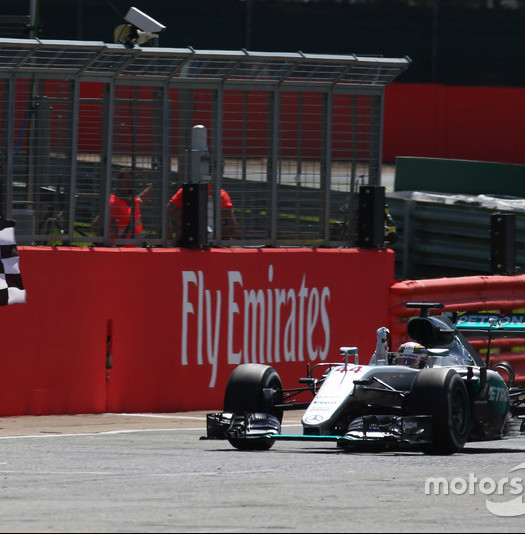Mclaren-Honda reveals 2016 Formula 1 car, the MP4-31
 Mclaren Honda has unveiled their challenger for the 2016 Formula 1 season, the MP4-31. The striking and innovative MP4-31 chassis integrates the new Honda RA616H power unit, developed exclusively for the team.
Mclaren Honda has unveiled their challenger for the 2016 Formula 1 season, the MP4-31. The striking and innovative MP4-31 chassis integrates the new Honda RA616H power unit, developed exclusively for the team.
Although a high level of continuity in Formula 1’s technical regulations has enabled the team to strengthen and mature many of the design concepts developed on last year’s McLaren-Honda MP4-30, the new car also incorporates a significant number of all-new innovations. The result is a balance of remarkably elegant aerodynamic solutions with a highly space-efficient integration of Honda’s new-for-2016 power unit.
 Here are the key points of interest on the car.
Here are the key points of interest on the car.
1. The nose borders on the shortest ‘thumb’ design we have seen, with the extreme slope back to the bulkhead mitigated by the continued use of the split ‘S’ duct.
2. Like the other launch cars we have seen, the front wing is a carry over from last season and may be revised before Melbourne.
Red Arrow: The MP4-31 might not be full of innovate new parts but it does have some nice detail touches.
A small duct has been placed in the front wing pylons, allowing airflow to pass from the outer to inner surface. This is likely quite important given the length of the pillars and how the airflow needs to be controlled.
3. The Vulcan-finger style front brake duct is retained by McLaren as it clearly sees the benefits it has on shaping the airflow around the tyre. However, like Mercedes did last year, it has tacked another duct on to it.
4. The inlet for the ‘S’ duct, under the nose, has been enlarged, which should allow more airflow to pass through the duct to the upper surface, overcoming the nose’s steep inclination.
5. The steering arm has been mounted in front of the upper wishbones front arm. This reduces blockage and increases the surface area with which the team can condition the airflow rearward.
6. The team has retained the blown axle which takes airflow from the brake duct and passes through the hollow axle, controlling how the tyre wake is shed.
7. The upper rear arm of the wishbone is placed much lower than the forward section, suggesting the team is in search of aerodynamic gains from it. This is a novel solution from McLaren and not something that myself nor Giorgio can recollect being done before.
8. The sidepod shape, inlet and aerodynamic control devices are all very similar to the car’s predecessor.
9. The floor slots introduced in Singapore last year are shown on the launch version of the car but it is an area that continues to interest teams, and could be amended going forward.
10. The rear section of the sidepods and engine cover seem to remain relatively unchanged, suggesting that Honda has kept true to its word on the retention of a size-zero philosophy.
11. McLaren has returned to a standard suspension geometry for 2016 having utilised the butterfly style suspension blockers in 2014 and retaining the offset rear leg in 2015. The gearbox will have also been redesigned, changing the placement of the suspension pick up points.
12. Like the Ferrari and Mercedes-powered cars, the Honda power unit will utilise two wastegate exhausts, in this case either side of the main exhaust.
However, what has really grabbed our attention is that it has taken a design cue from Toro Rosso, intersecting the main exhaust with the rear wing’s central mounting pylon.
This not only brings structural stability but also acts as a flow stabiliser for the exhaust plume.







